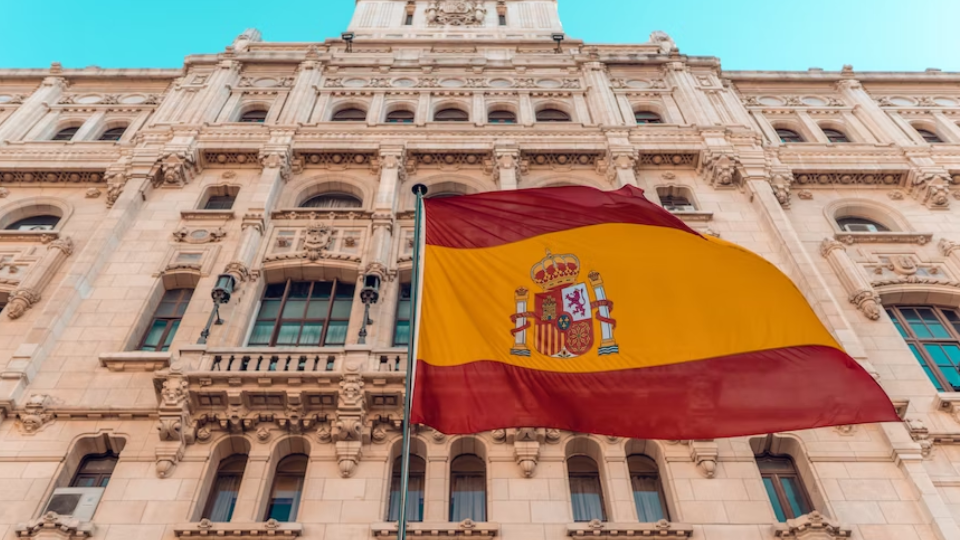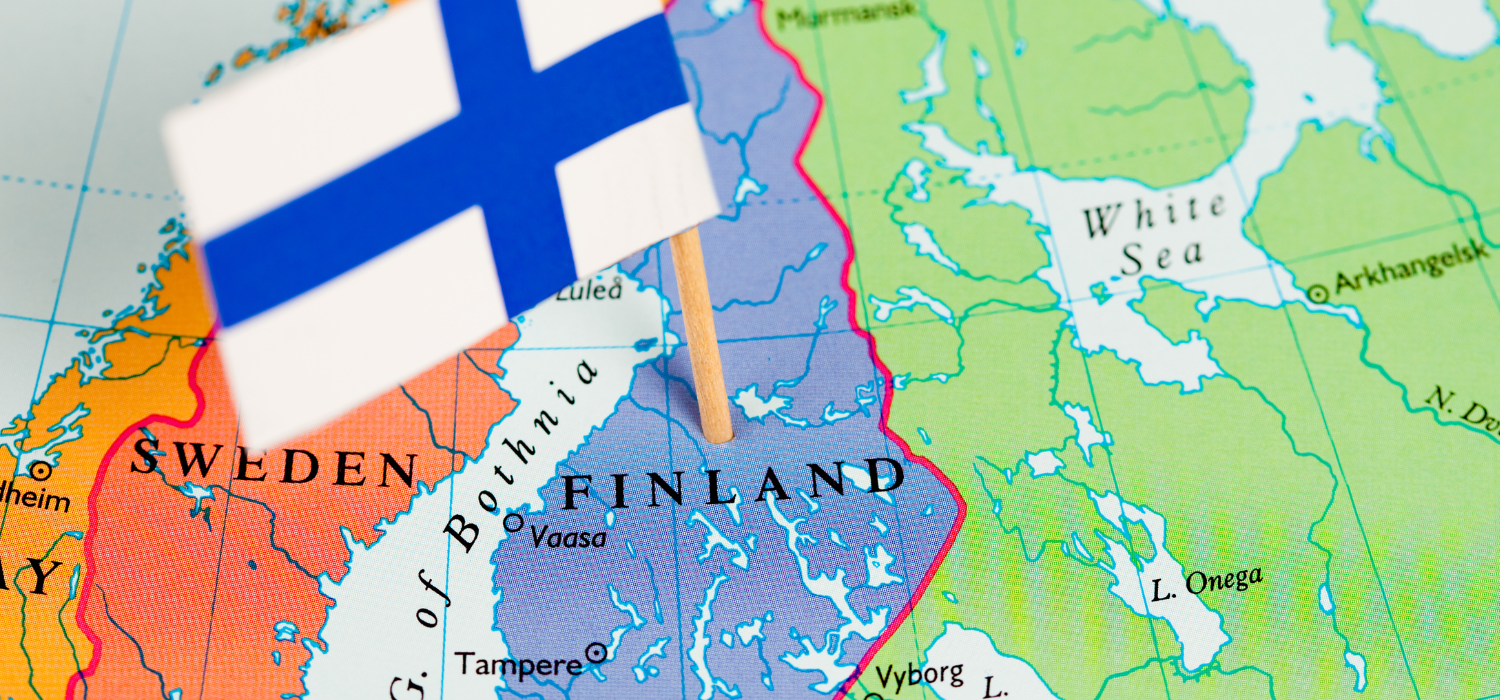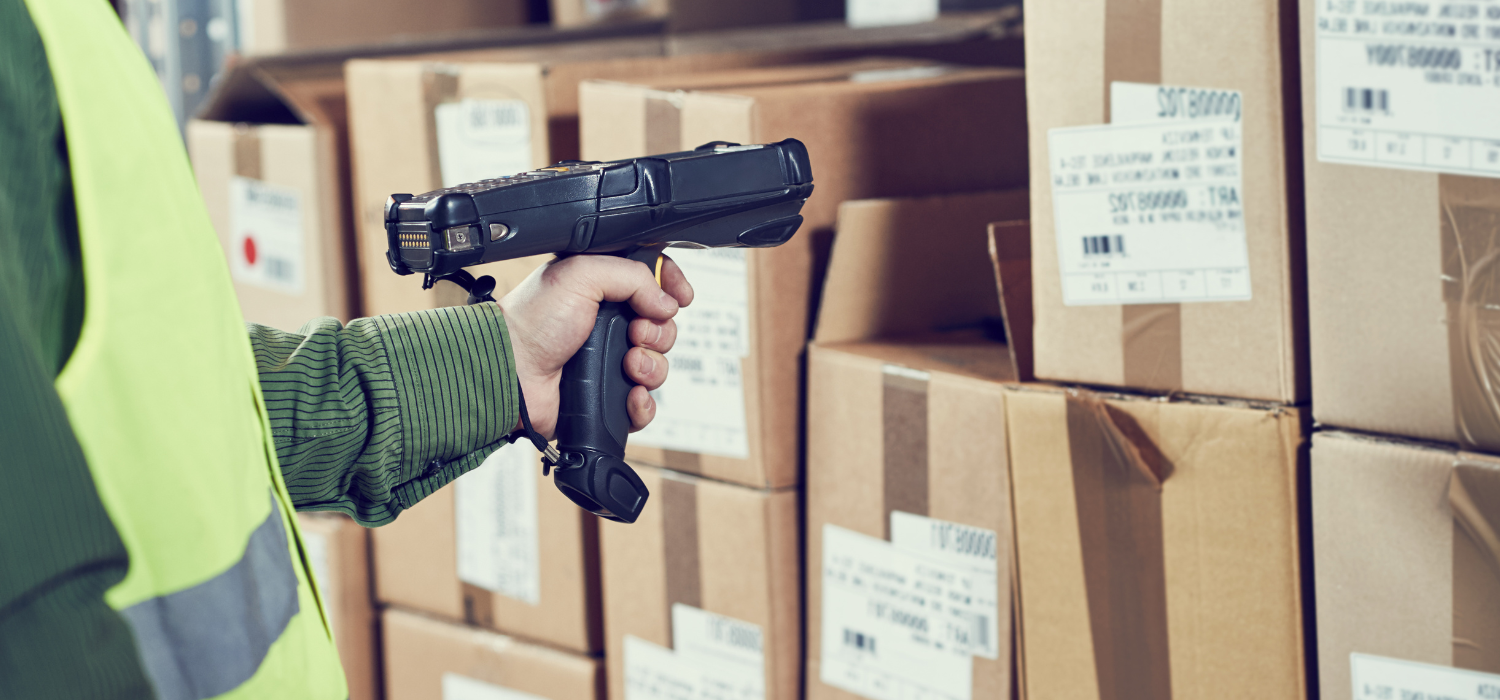Online shopping, we know, is now a global phenomenon that will surpass the $5 trillion mark in 2022. Global shoppers have now surpassed 3.78 billion, and in 2021 alone, eShoppers have increased by about 10 percent equaling, in absolute terms, 344 million new users.
As for Italy, according to the latest survey by the Netcomm B2C eCommerce Observatory – School of Management of the Politecnico di Milano, the value of B2C eCommerce will exceed 45 billion euros in 2022 and product purchases will experience a growth of +10% over 2021. But what is the situation in other European countries?
From today and in the coming weeks we will analyze in detail the state of eCommerce in major European economies, to compare with our country and understand in which direction “our neighbors” are going. The protagonist of today’s episode is Spain. But first, a brief overview of the European picture.
Europe’s eCommerce
In 2021, 65 percent of Europeans purchased online bringing eCommerce sales to a value of more than $732 billion. Overall, therefore, European eCommerce recorded B2C revenue growth in 2021. In particular, Eastern Europe recorded the highest growth rates compared to Western European countries. However, Western Europe still holds the largest share of total revenue, at 63 percent, compared to just 2 percent in Eastern Europe. This is revealed by data from the European eCommerce Report 2022 prepared by eCommerce Europe and EuroEcommerce with the participation of Adigital, from which a detailed analysis of individual countries can also be extrapolated.
The eCommerce market in Spain
Internet users
In order to be able to understand the potential of the online sales market, it is also interesting to note what the rate of “Internet users” is, which in Spain stands at 96% in 2022 (2% more than in 2021, 11% more than in Italy and 10% more than the European average, taking into account all the countries on the continent. This figure is reduced to 4 percentage points higher if only the 27 states that are part of the European Union are taken into account instead).
The eShoppers
In 2022, it is estimated that Spanish eShoppers will be 73 percent of total internet users, up 2 percent from 2021 and even 14 percentage points higher than the 59 percent recorded five years ago in 2017. The figure is thus once again 11 percent higher than in Italy (where the percentage stops at 62 percent), while compared to the European average (65 percent) it is 13 percentage points higher, but 3 percentage points lower when considering only the average of European Union countries (76 percent).
How much is the eCommerce market worth
B2C eCommerce grew in Spain by 8 percent in 2021, reaching a turnover of 55.8 million euros and showing substantial entrenchment following the COVID-19 pandemic. Indeed, for 2022, the forecast is for the trend to consolidate further, reaching an estimated turnover of 65.300 million euros, representing a 17 percent increase. A forecast that, if it materializes, will represent almost double the amount assumed for the 27 countries of the European Union where e-commerce is estimated to grow by 10 percent in 2022.
In addition, the rise of online sales in Spain has meant that the contribution of B2C eCommerce to Spanish GDP has doubled in the last four years, from 2.60 percent in 2017 to 4.60 percent in 2021. This figure is also significantly higher than the EU-27 average, where the contribution of online sales to the community’s GDP is only 1.94 percent. Spain is also the eighth European country with the highest weight of e-commerce in GDP out of the 37 countries analyzed in the Study, far ahead of other Mediterranean countries including Italy (2.20 percent) and Portugal (3.64 percent), although surpassed by France (5.21 percent). Estonia, where eCommerce grew 47 percent in 2021 to account for 8.22 percent of GDP, leads the ranking.
Frequency of online shopping
In the last three months of 2021, 42% of Spanish eShoppers purchased online at least once, 31% 3 to 5 times, and finally, 27% more than six times.
A curiosity: the country with the highest percentage of users who purchased products online more than six times in the last quarter of 2021 was Iceland, with a percentage of 61% out of a total of 85% of the population claiming to be eShoppers. In Italy, the percentage of users who purchased via eCommerce more than six times in the quarter stopped at 18 percent (compared to 51 percent who made at least one purchase).
Where Spanish eShoppers buy from
93% of eShoppers say they make online purchases mainly from domestic sites, while only 34% from European eCommerce and 32% from non-European sites.
Limitations and potential of Spanish eCommerce
To date, as highlighted by the Report, one of the main brakes to the development of eCommerce in Spain is habit. 83% of consumers say they want to see and touch a product before making a purchase, thus preferring in-person shopping over online purchases. Privacy and security of payments made online are undoubtedly the second cause of stopping the growth trend of eCommerce in Spain. In fact, almost half of the population (47 percent) cites this as the main reason for not buying online.
Finally, another challenge for the country is the size of companies. César Tello, director general of Adigital, stressed that: “E-commerce must have a differential impact in Spain compared to other countries, since the small size of SMEs in this country is one of the great challenges of the Spanish economy. Selling online is one of the most effective levers for increasing sales, as it allows access to a more geographically diverse audience in a more efficient way. Working properly with digital channels is crucial, and so training for SMEs must be done in a simple and agile way, understanding the time constraints that small businesses have.”
Keep following the GEL Proximity blog, in the coming weeks we will analyze all the eCommerce data in other European countries as well. Stay tuned…
In the meantime, if you are an eCommerce manager and would like to find out how to integrate thousands of already active Pickup Points and Lockers throughout the country to your sales channel, so you can offer your customers a unique and personalized shopping experience, contact us! GEL Proximity, the first aggregator of Pickup Points, has the solution for you.






